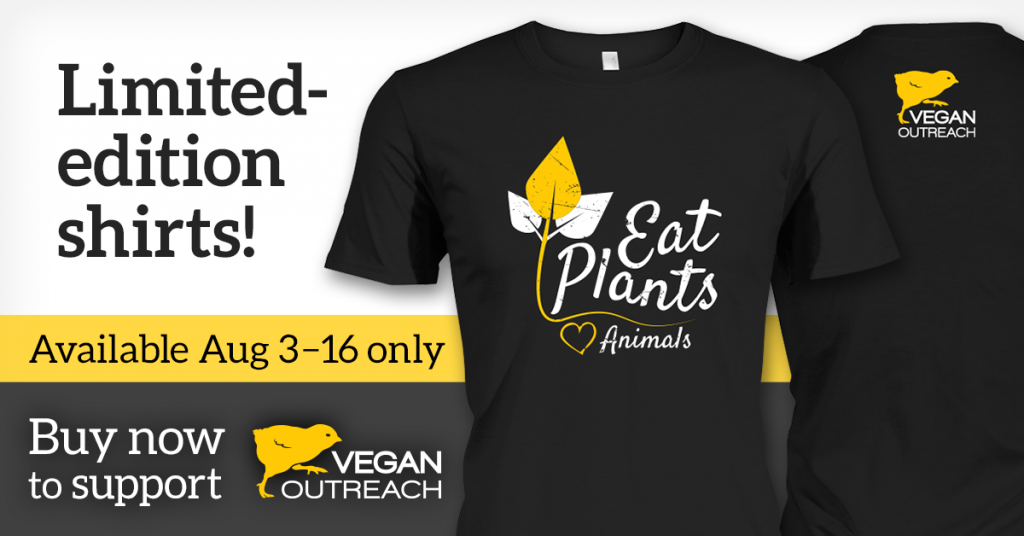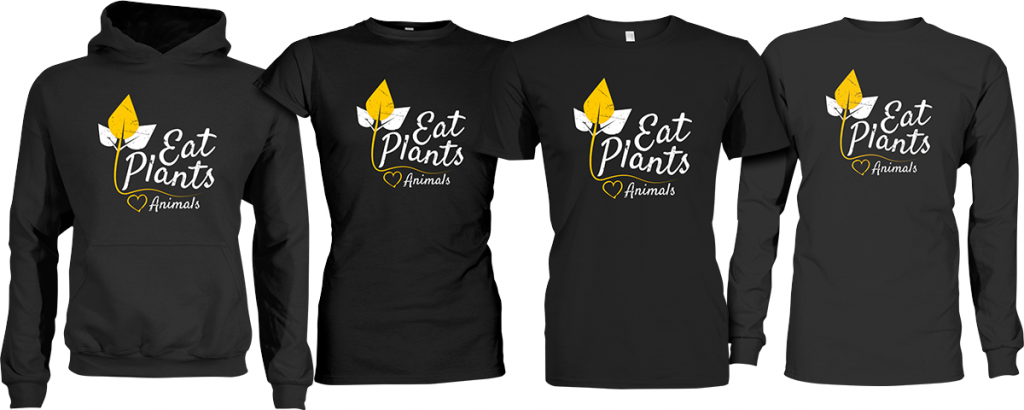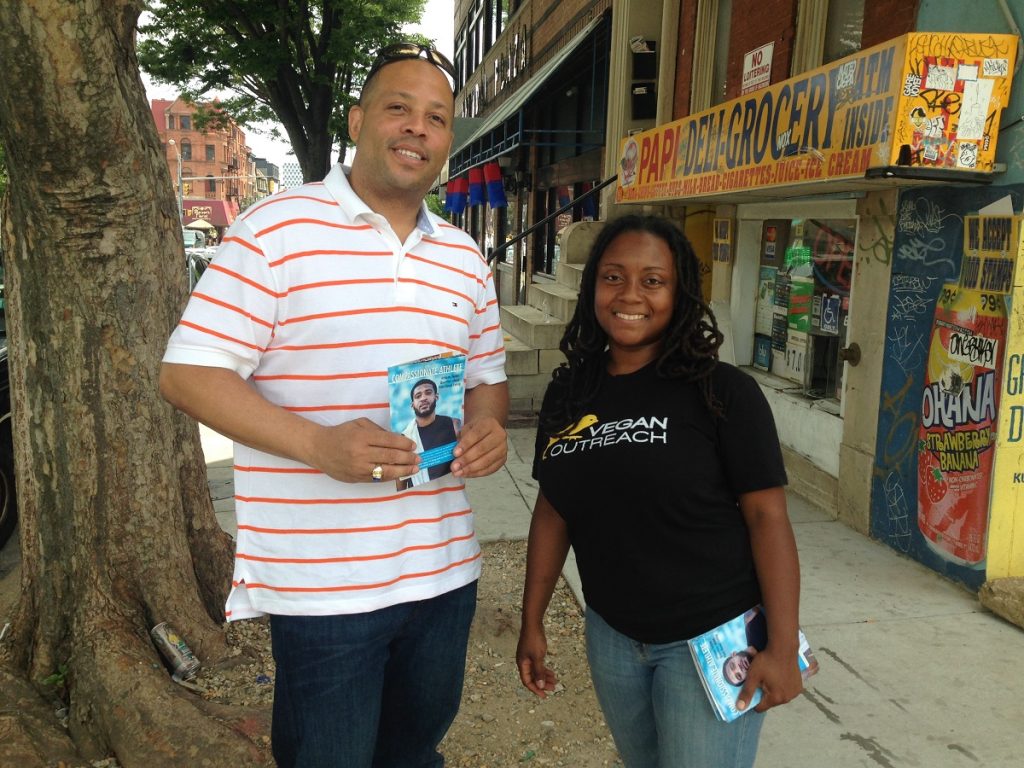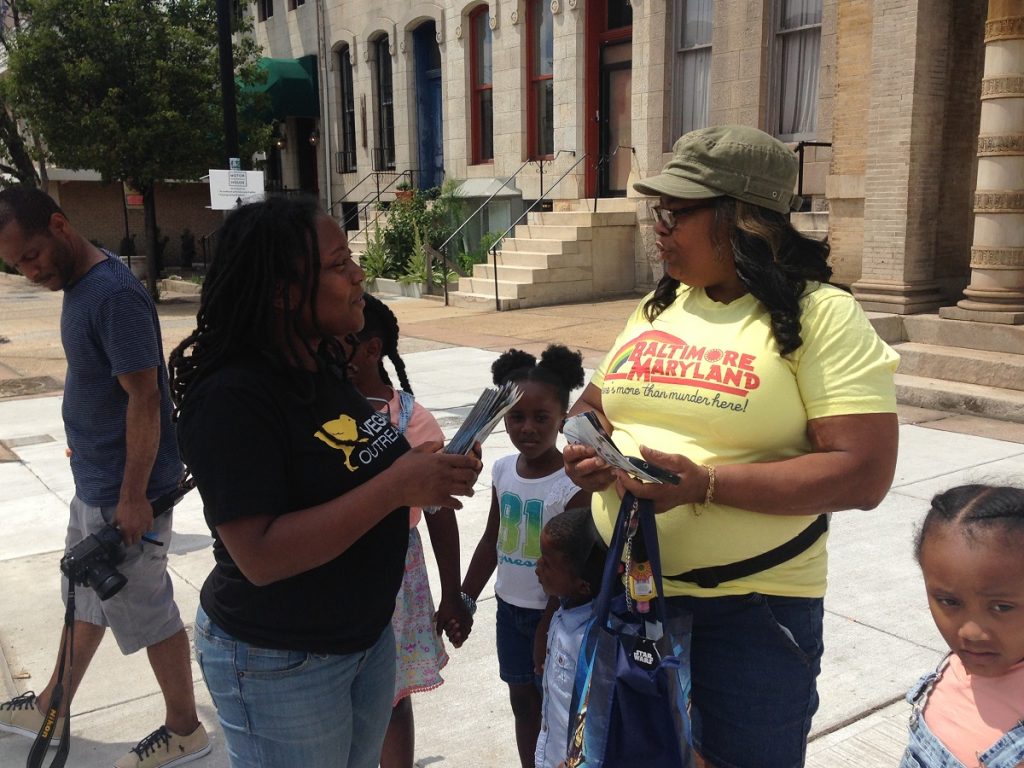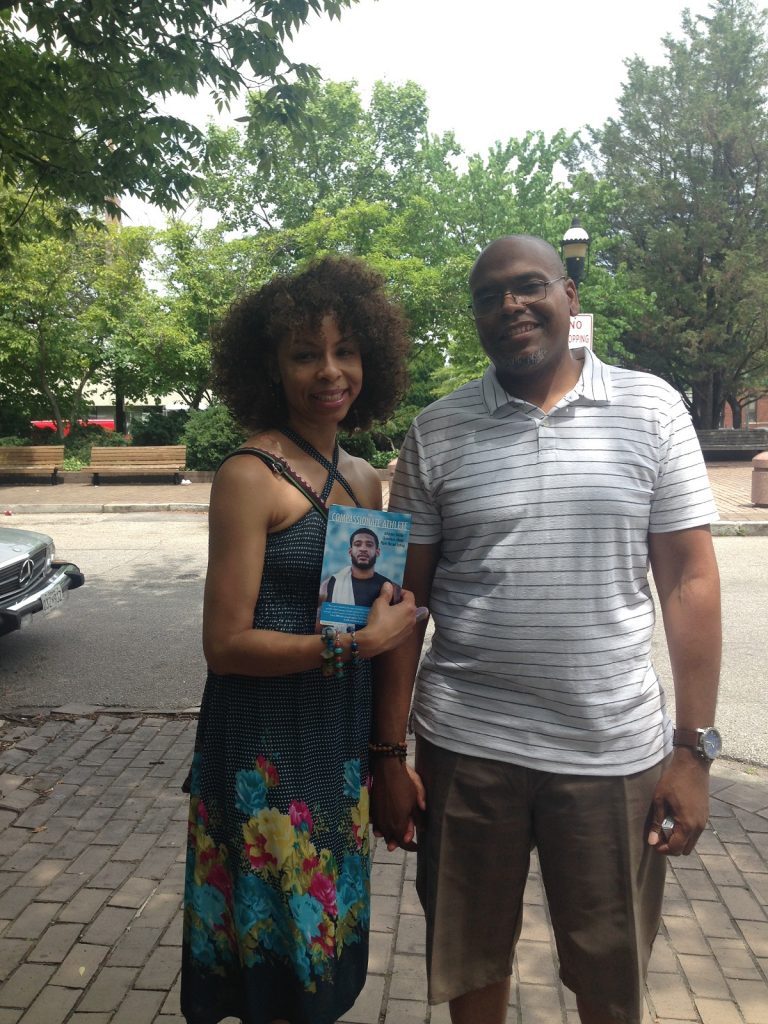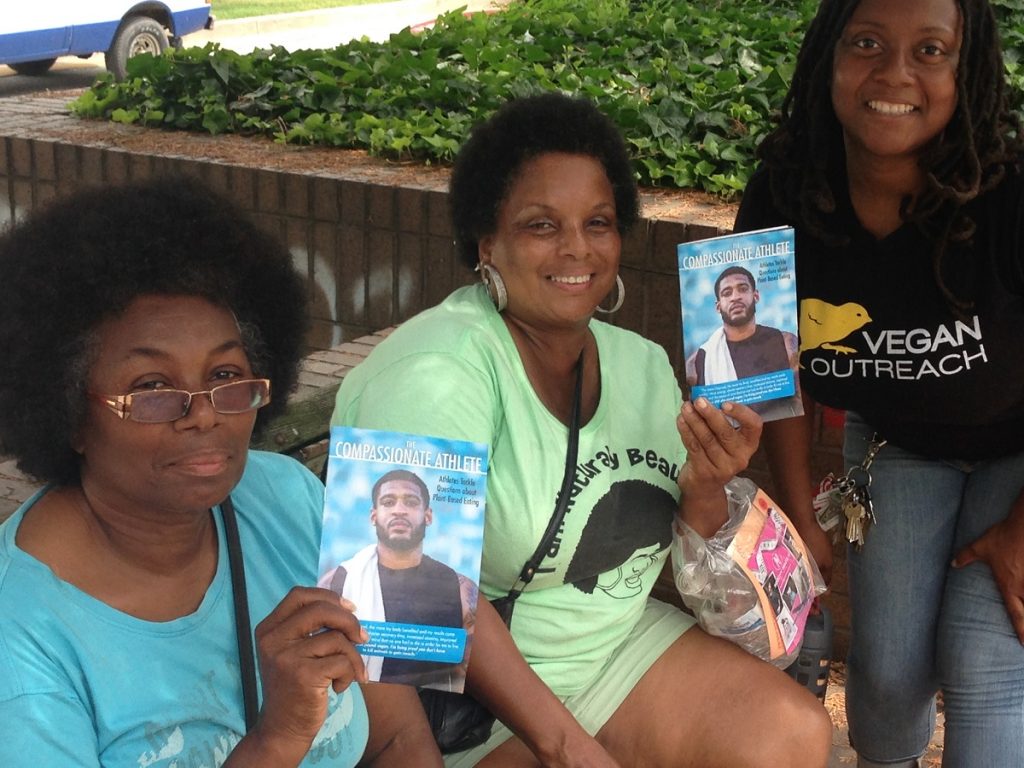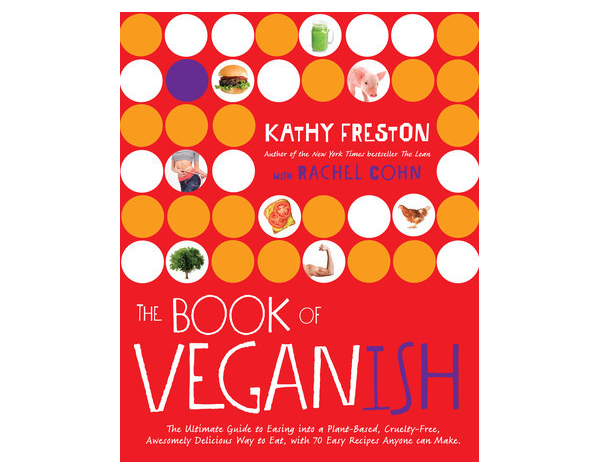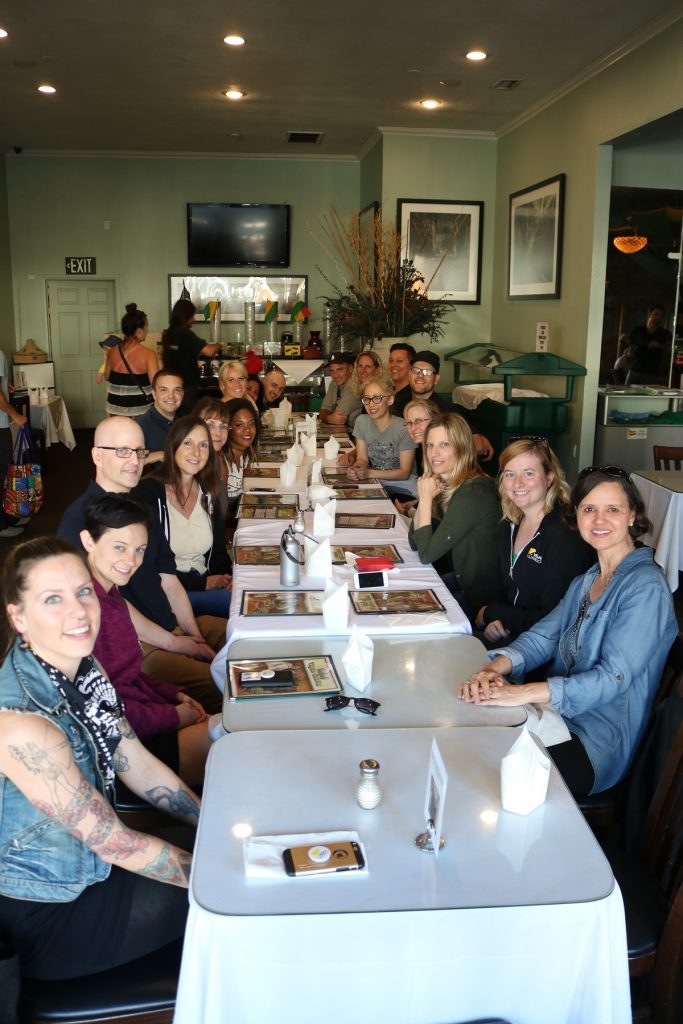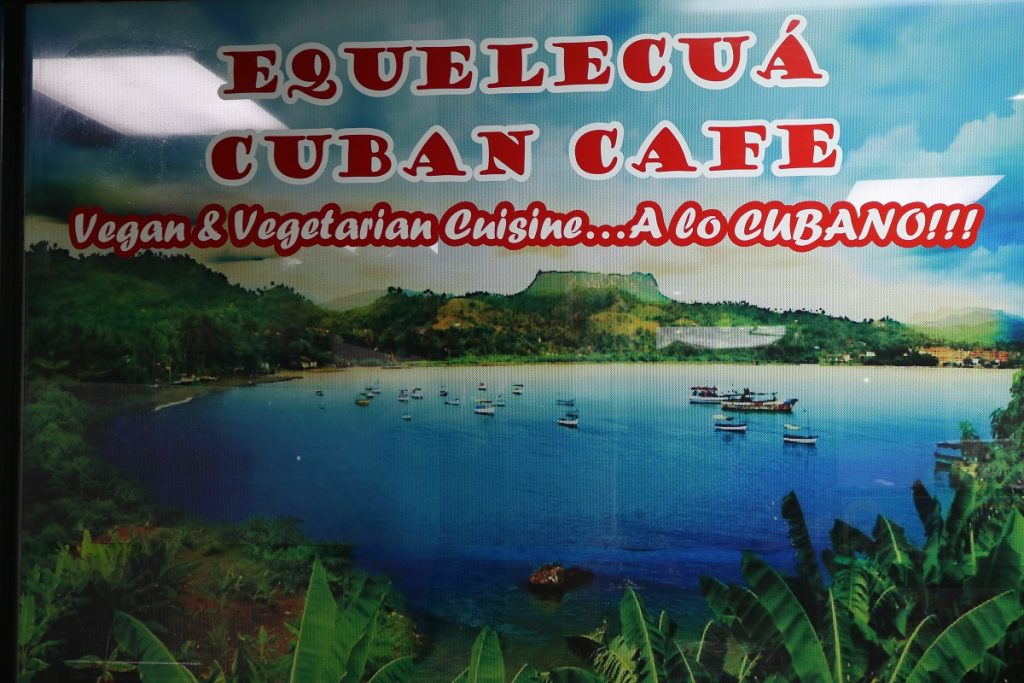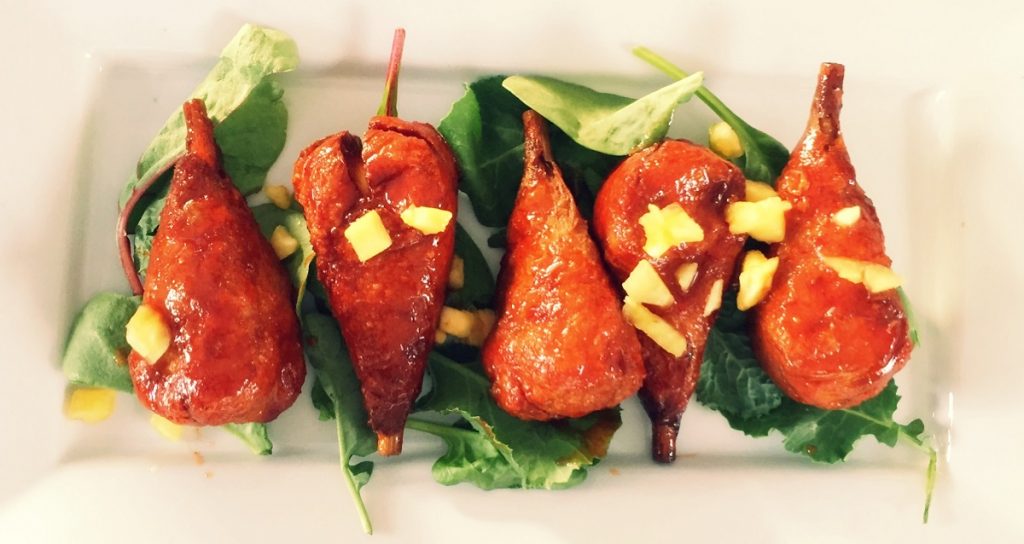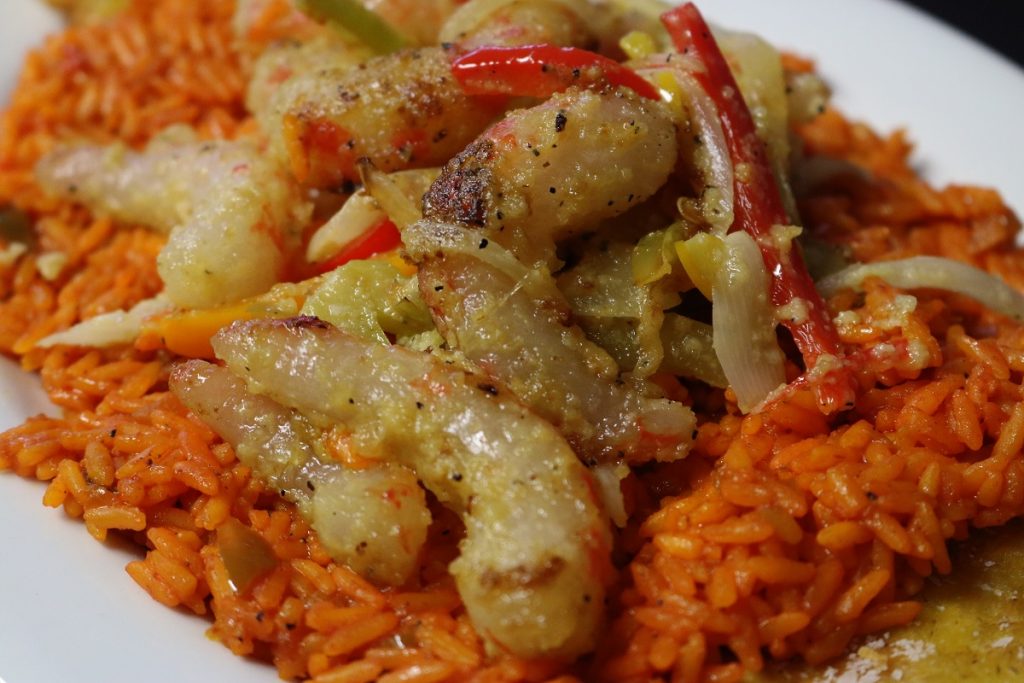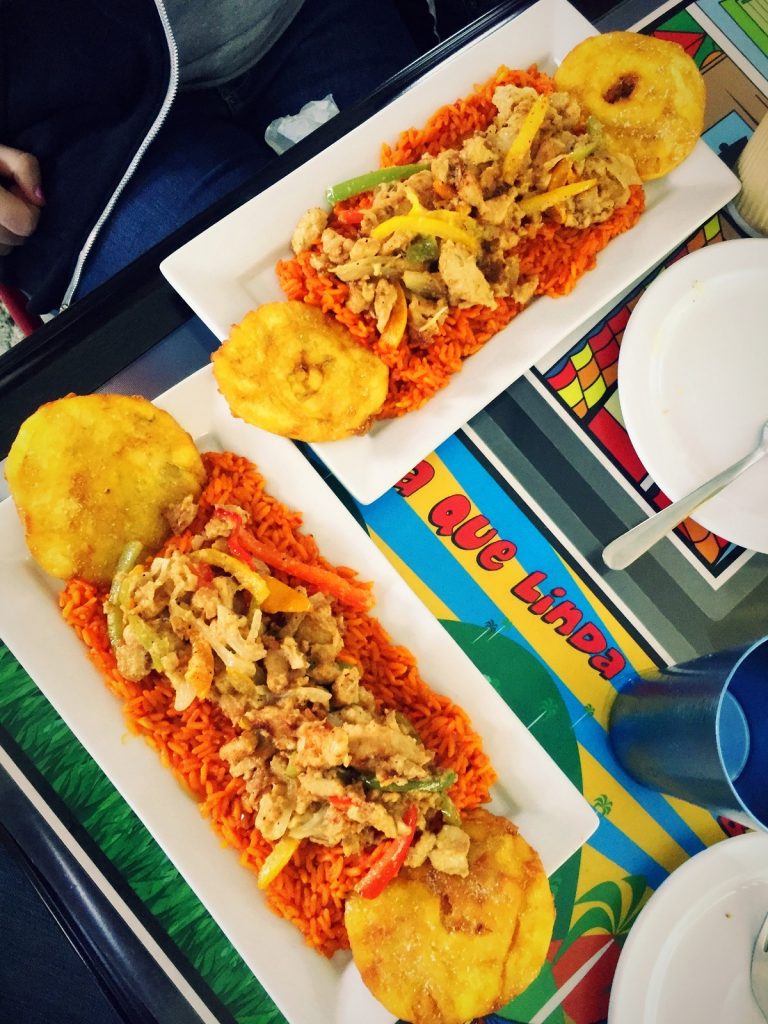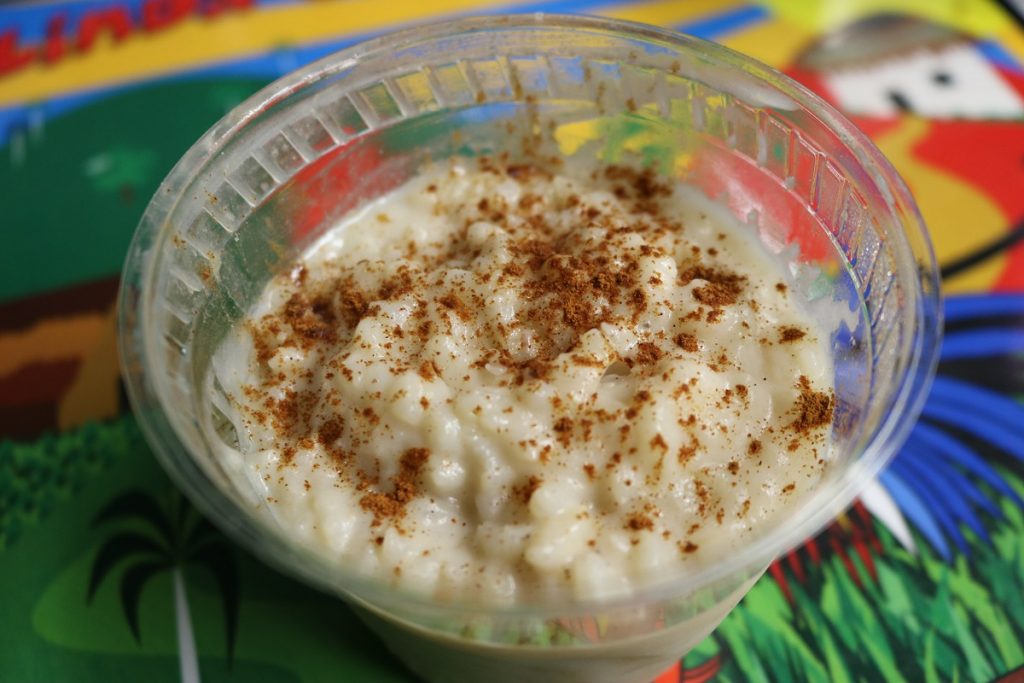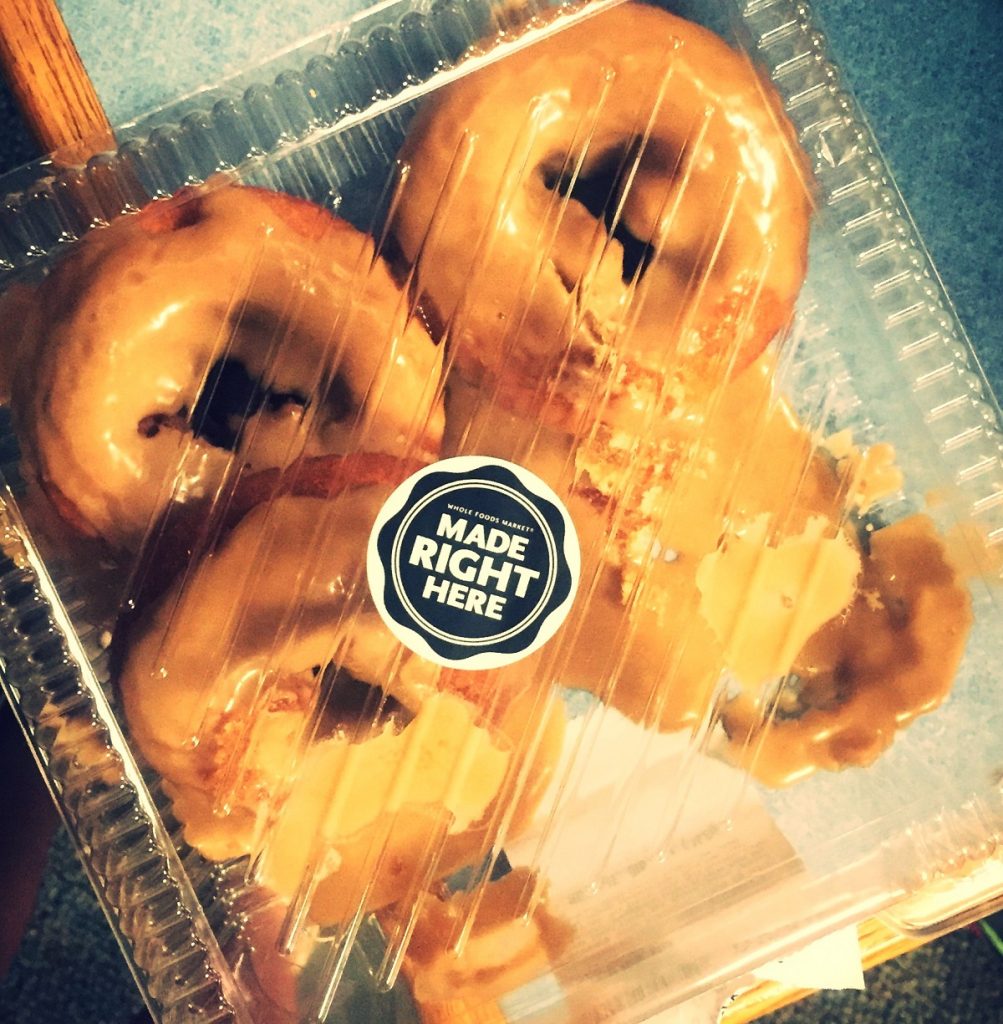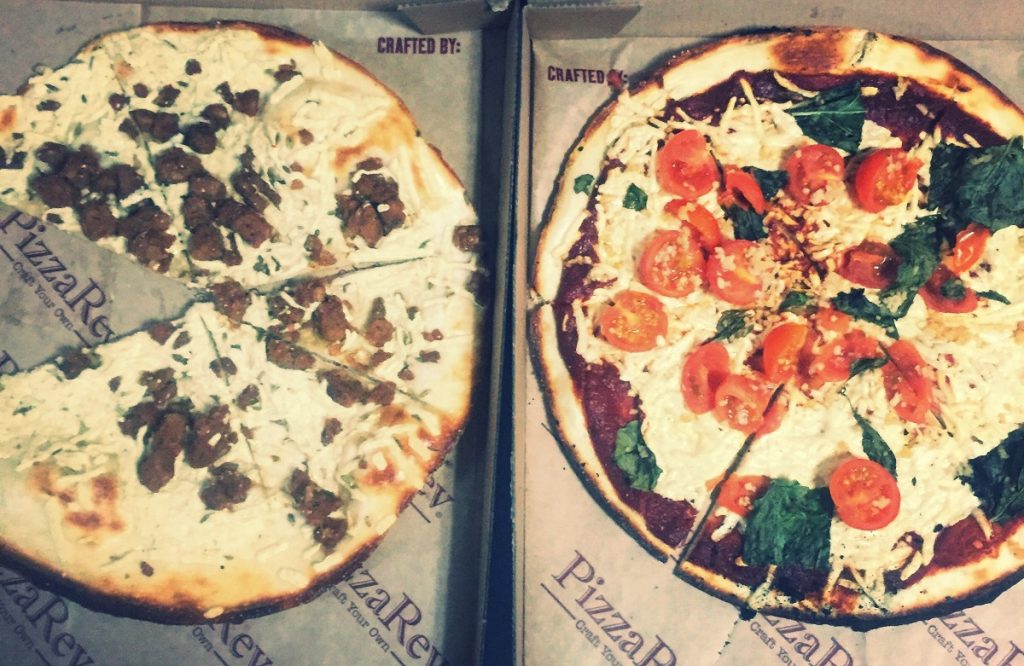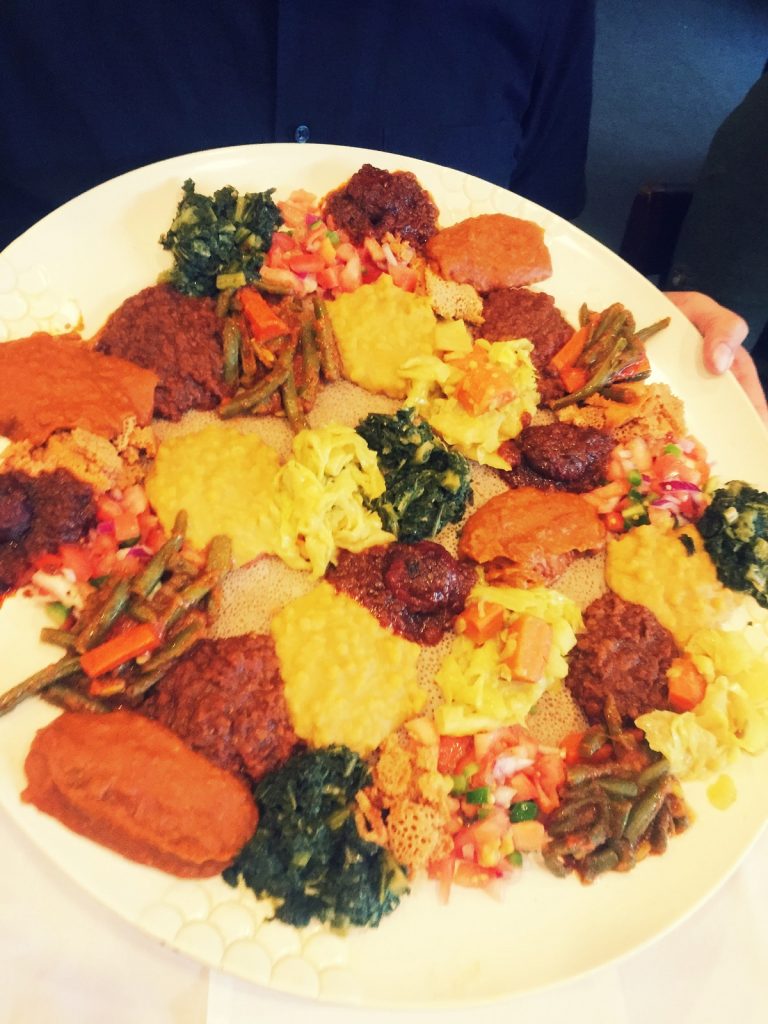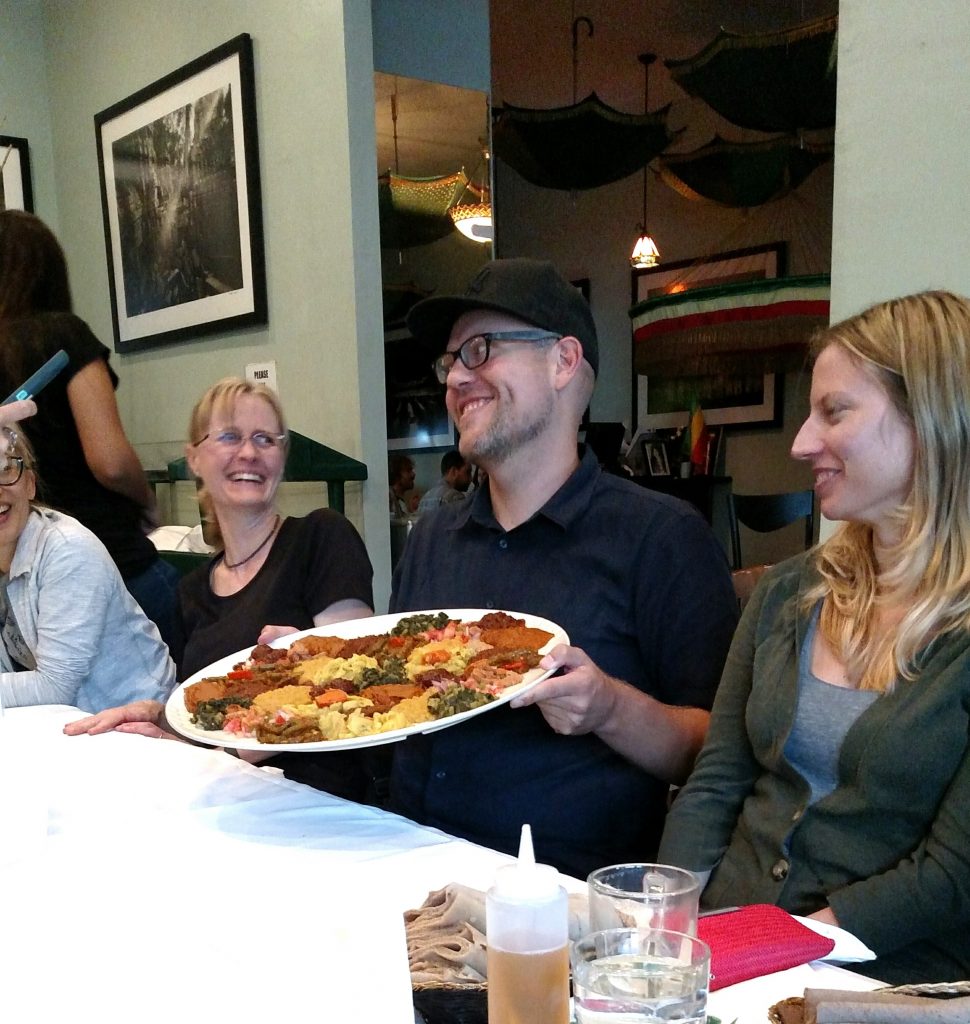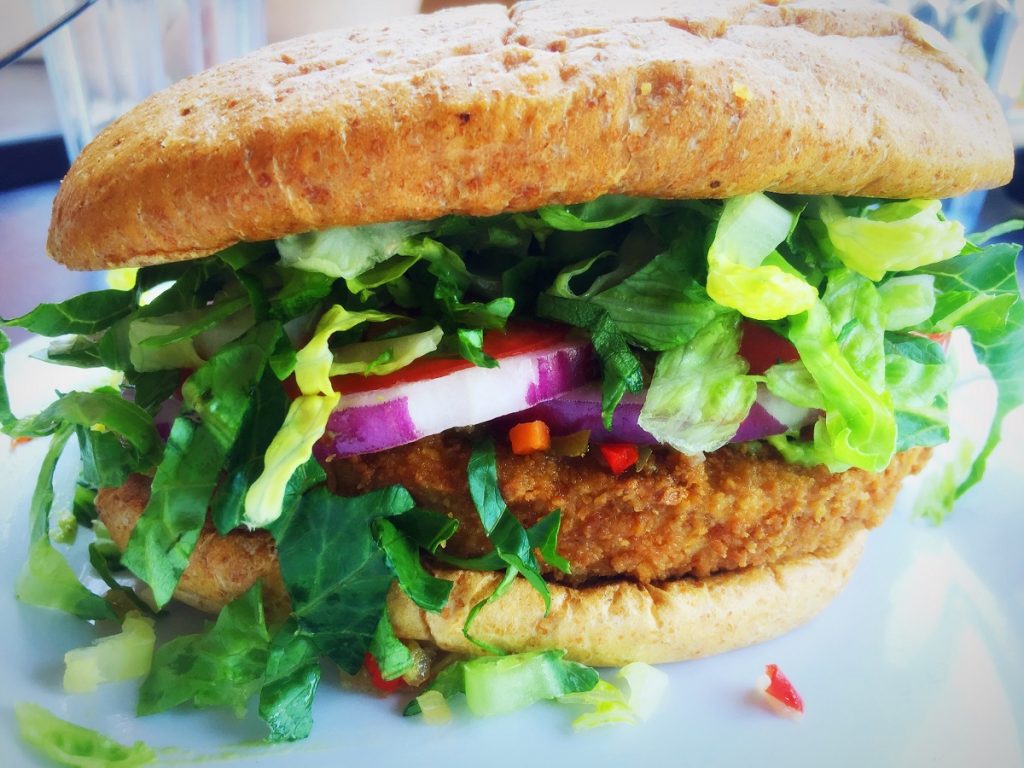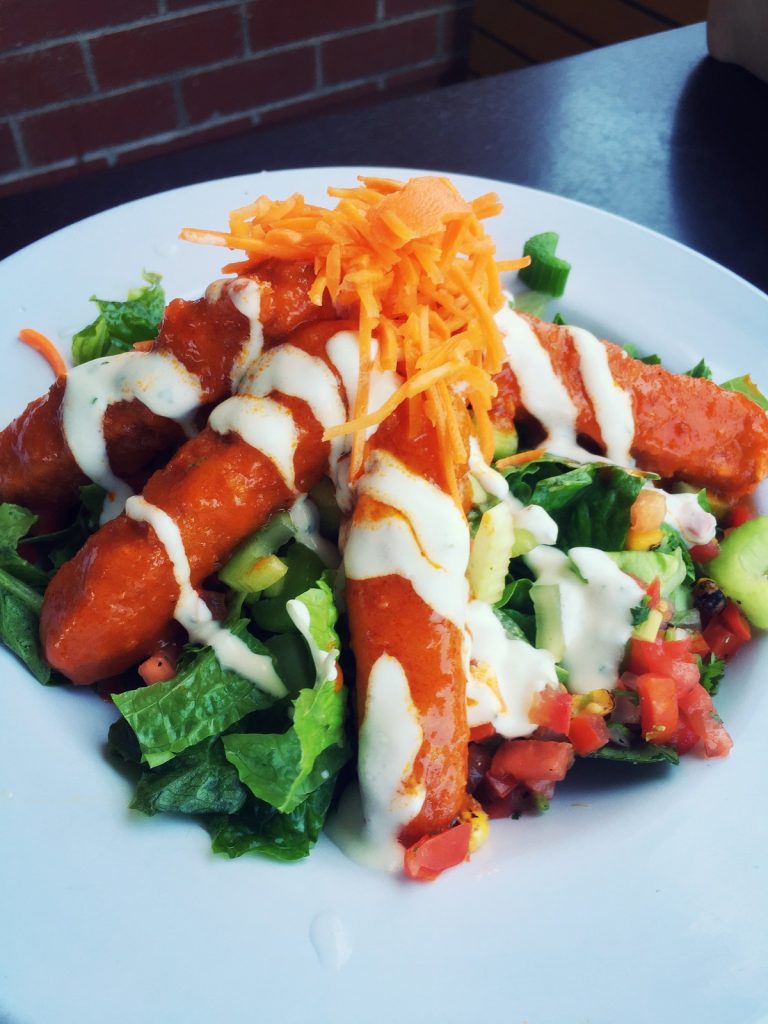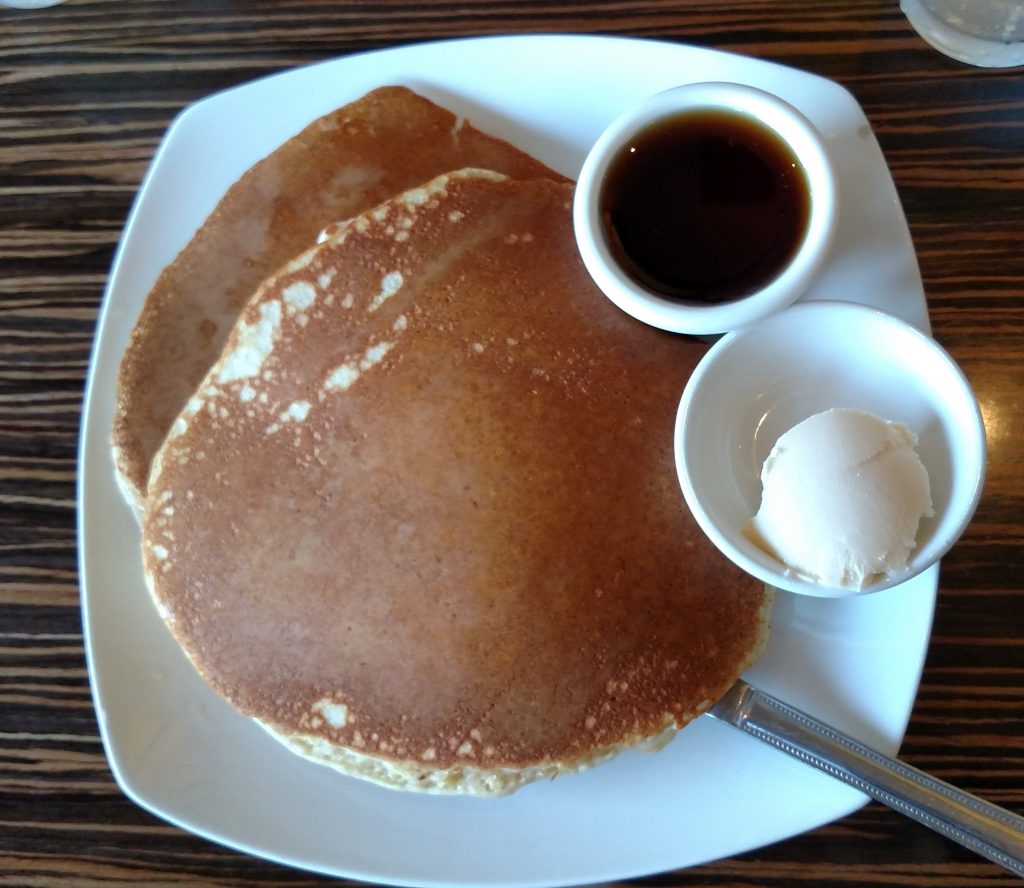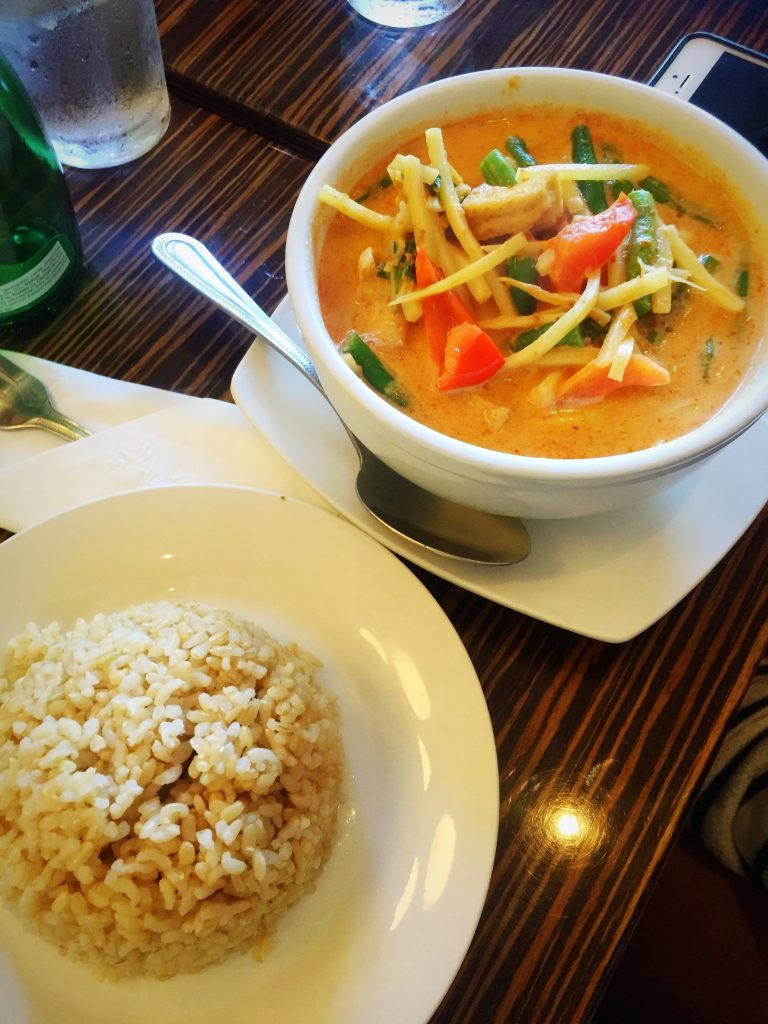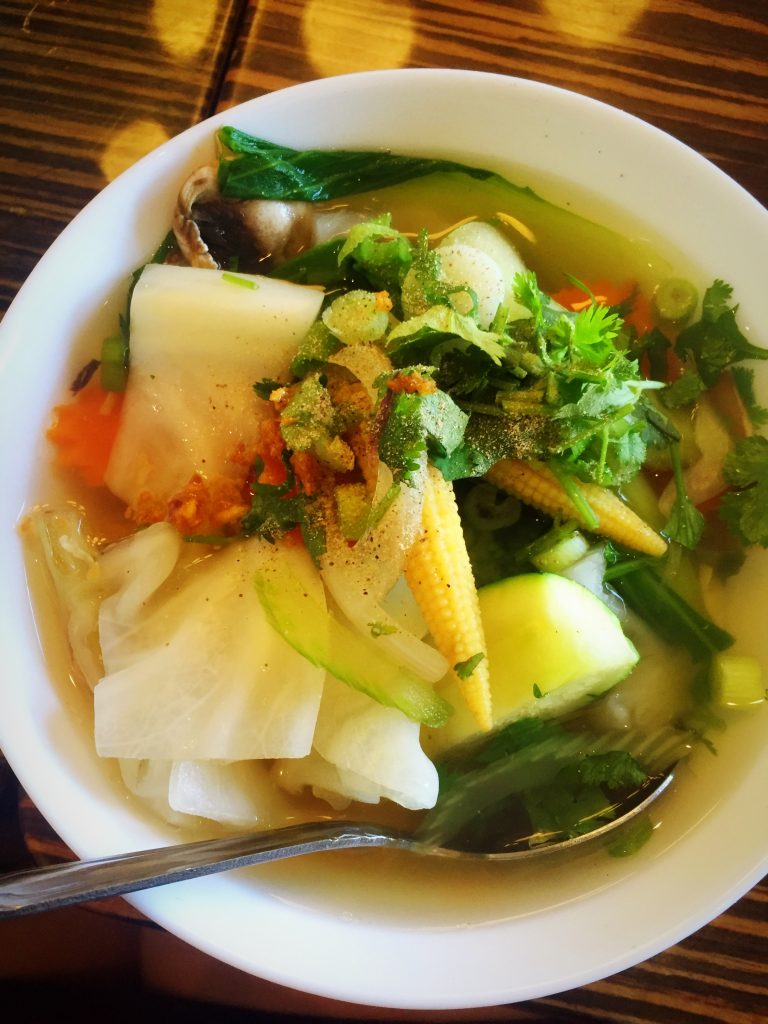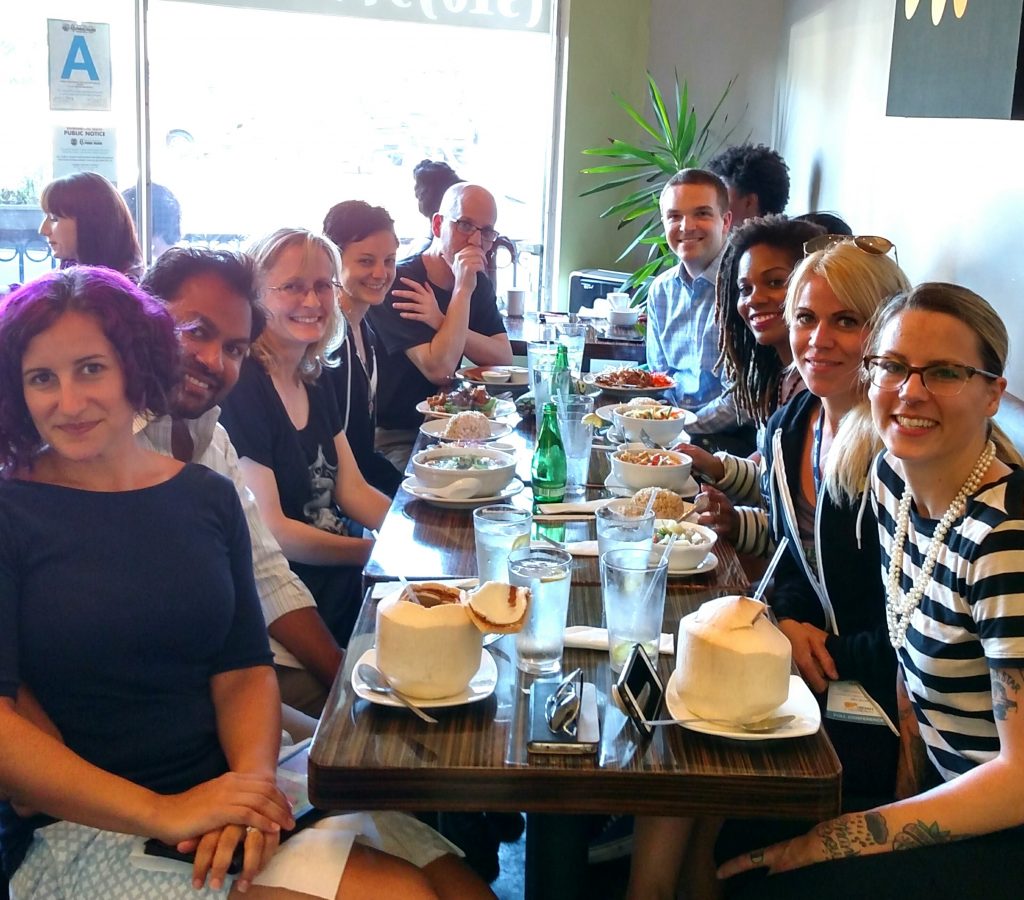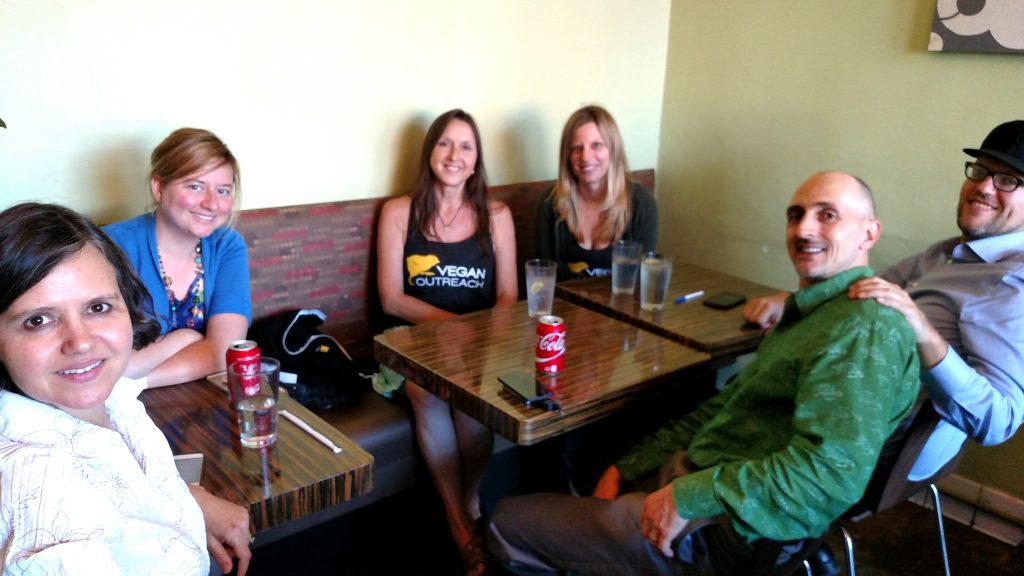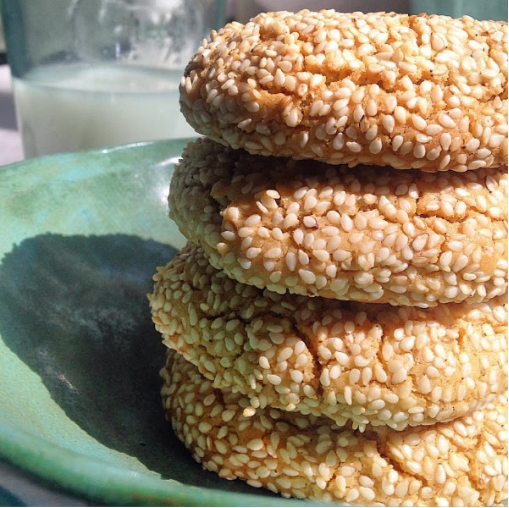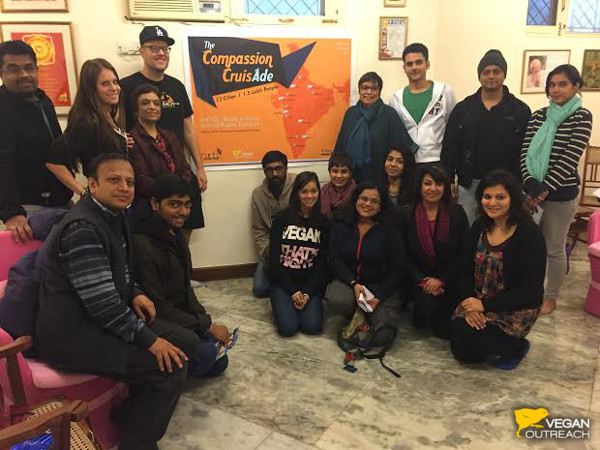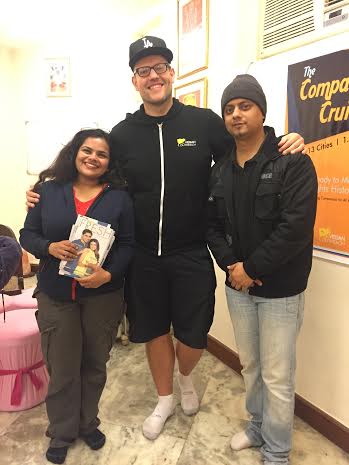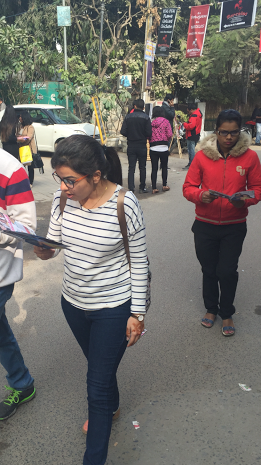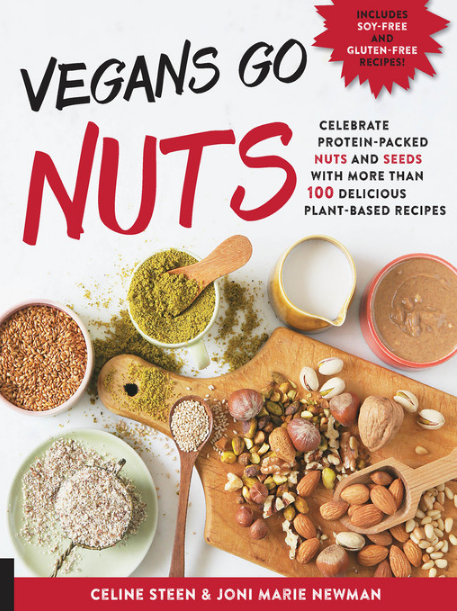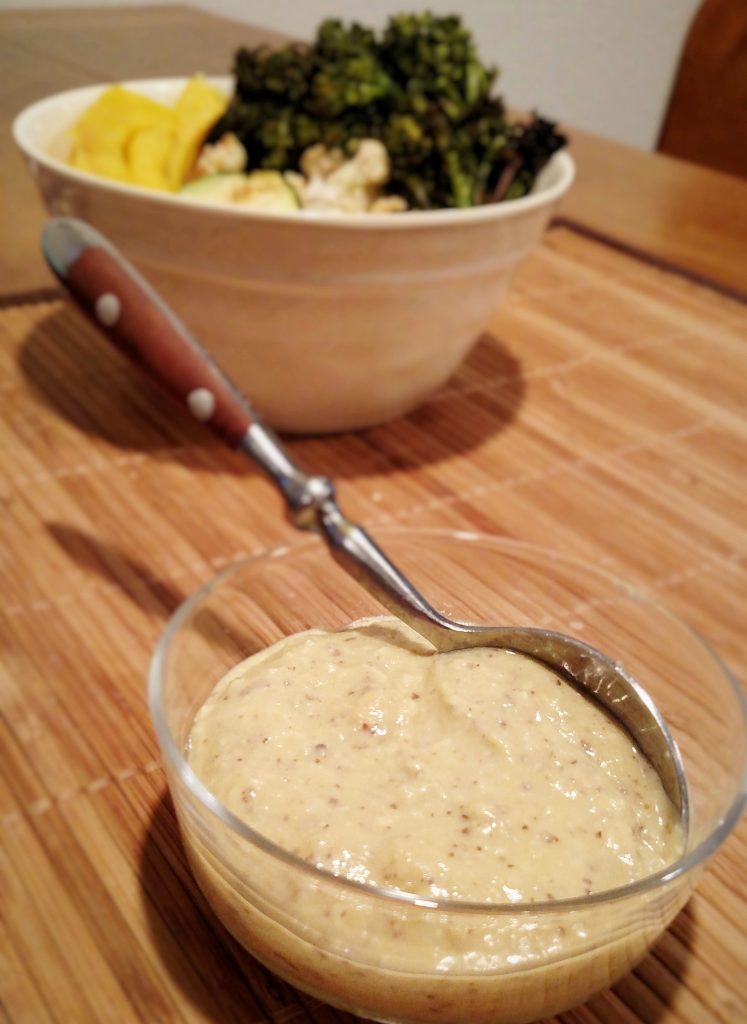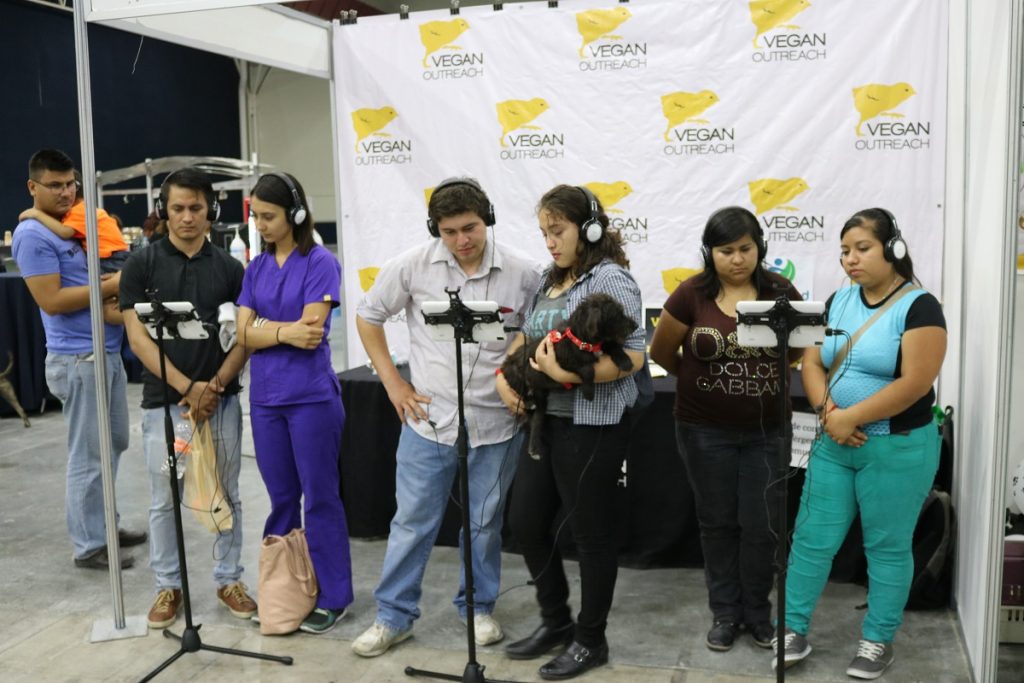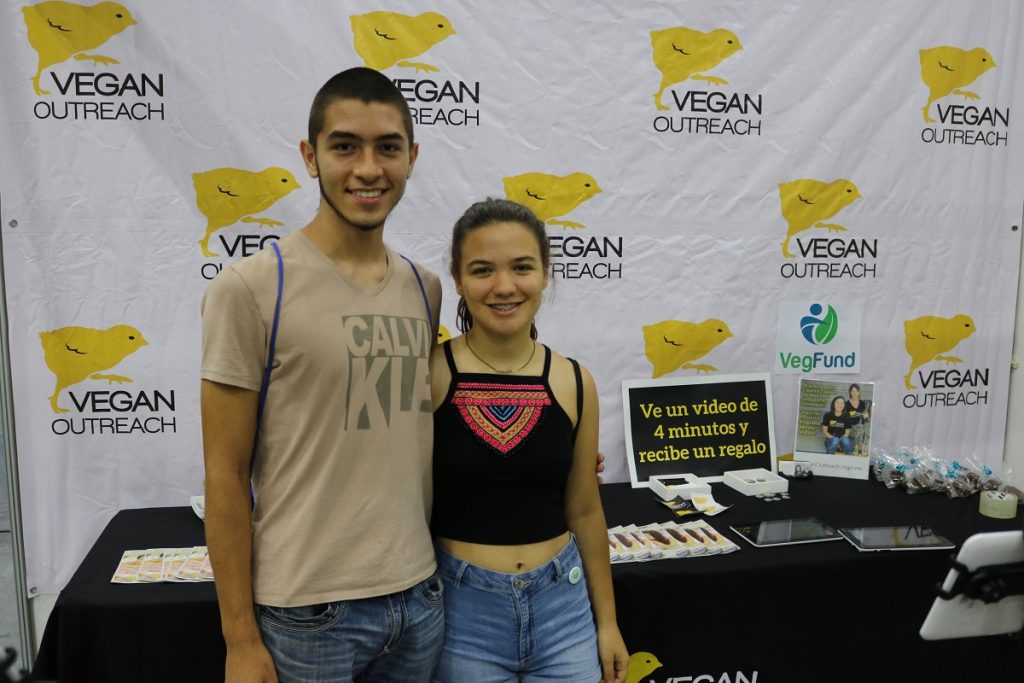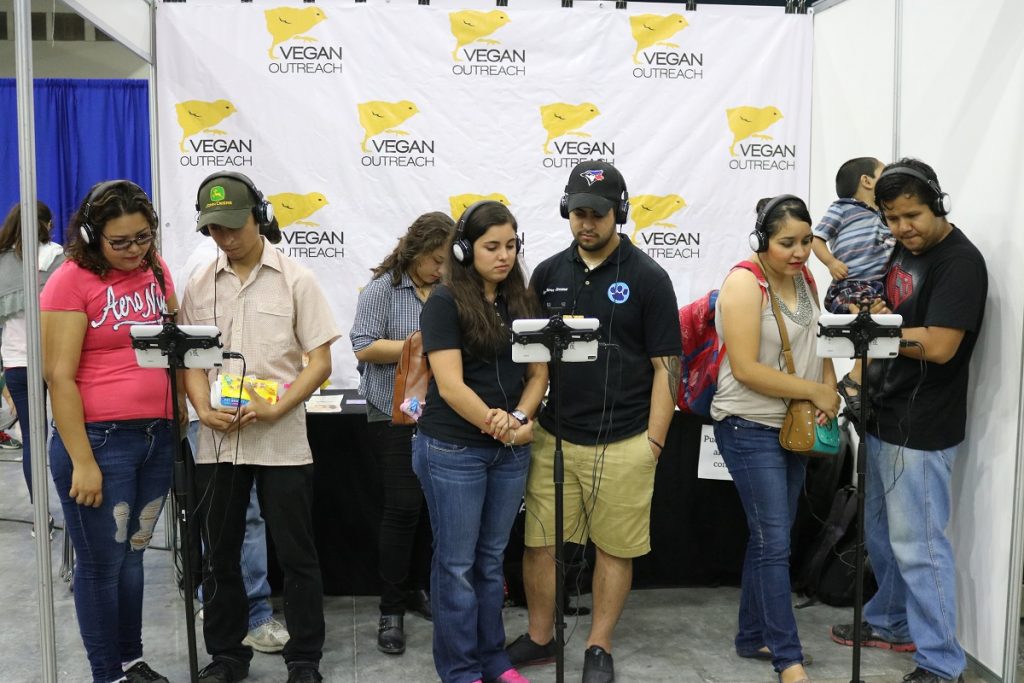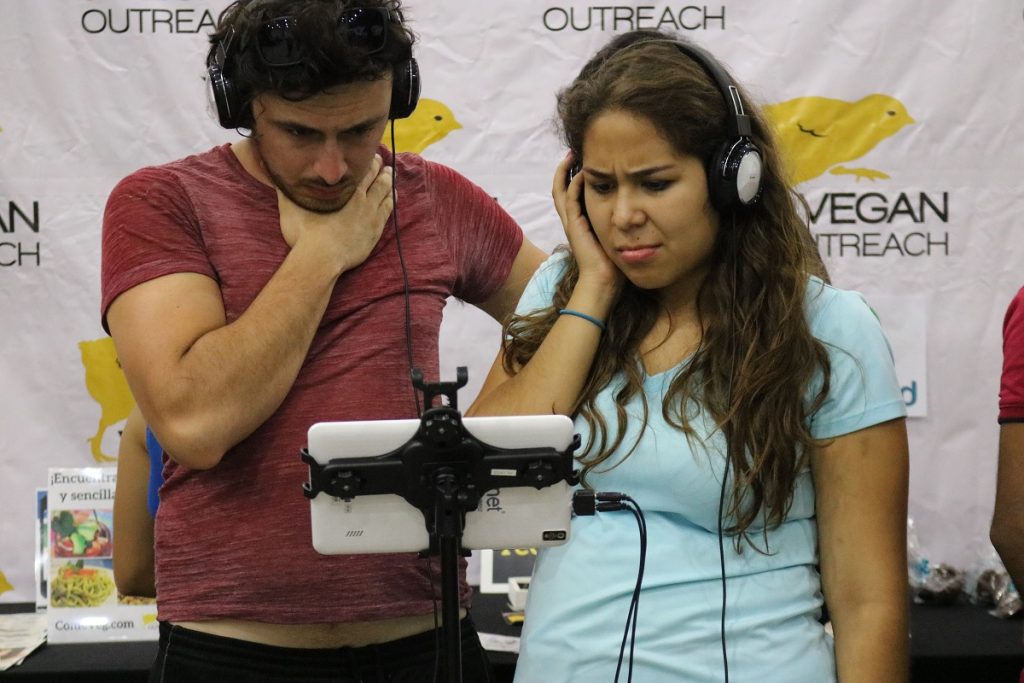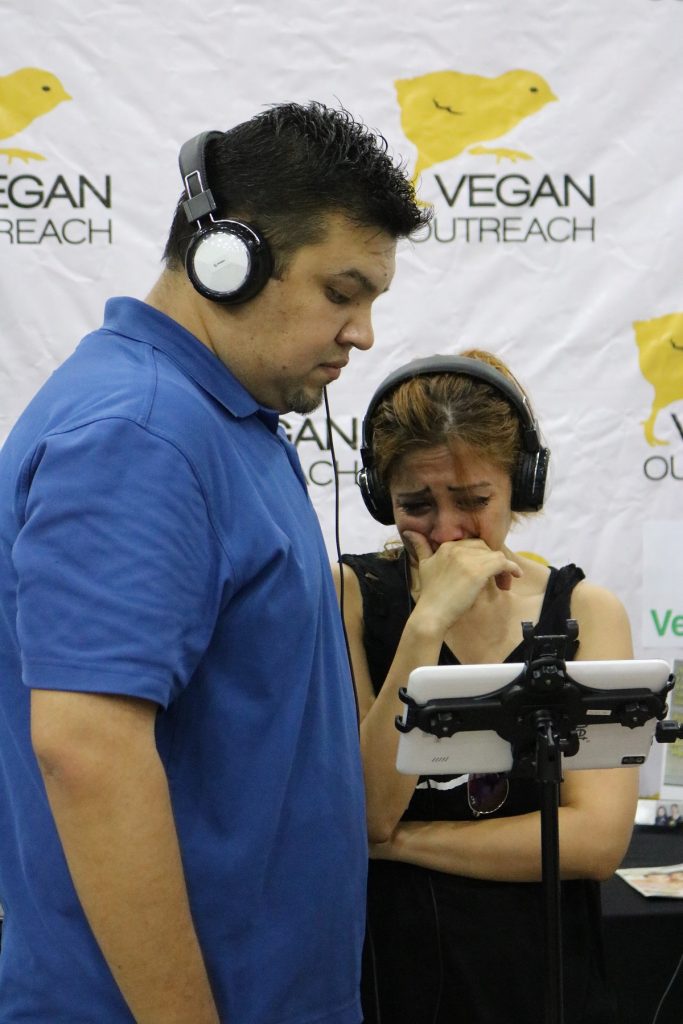
Are you interested in taking part in a health survey about hormones, sex, and aging?
When the drug sildenafil citrate (trade name Viagra®) was introduced in 1998, it was an immediate huge seller, underscoring how prevalent and important erectile dysfunction (ED) had become. Although Viagra and other similarly acting medications remain widely prescribed, there are side effects and the potential for adverse interactions with other medications. Consequently, some men may not be able to take these medications while others may prefer not to or may be unable to afford them. For these individuals, effective lifestyle modifications would be an attractive option for addressing ED.
As men age, changes occur that affect both circulation and testosterone levels, which, in turn, affect male sexual functioning. Atherosclerosis, the buildup of plaques in blood vessels, which can impede circulation throughout the body, is the most common cause of erectile dysfunction. Diet and lifestyle factors are undoubtedly linked to circulation, which may explain why some men can maintain healthy sexual functioning well into old age. At the same time, testosterone is known to decrease with age, such that on average the mean levels in men over 60 are on the low end of normal. Just as they affect the circulatory system, diet, lifestyle factors, and overall health have been correlated with testosterone levels and sexual functioning. For example, obesity is linked to low testosterone.
Similarly, many women report symptoms of menopause that are highly problematic, such as hot flashes, decreased sex drive, vaginal dryness, and weight gain. In these cases, hormone replacement therapy (HRT) is considered the treatment of choice; however, a large number of women forego this option as taking these medications puts them at increased risk for breast cancer, blood clots, heart disease, and stroke, as well as side effects such as headaches, bloating, nausea, vaginal bleeding, and mood changes. Both diet and lifestyle factors may affect how women experience menopausal symptoms. For example, sources of phytoestrogens (e.g., soy), which are thought to substitute for declining estrogen levels, have been investigated as a dietary intervention for menopause with mixed results.
Although there is evidence that diet and lifestyle factors are associated with hormonal and sexual health as people age, there are still many open questions, especially regarding how people following diverse diets age, and how lifestyle factors and overall health interact with diet.
We are currently recruiting a diverse sample of participants, representing a variety of lifestyle and diet choices, for two survey studies, which we hope will be the largest to date investigating these questions. If you would like to be a part of these studies and are between the ages of 45 and 80, please enter one of the following links:
For women: surveymonkey.com/r/healthywoman2
For men: surveymonkey.com/r/Healthyman2
Cynthia Radnitz, Ph.D.
Fairleigh Dickinson University
Teaneck, NJ
Bonnie Beezhold, Ph.D.
Benedictine University
Lisle, Illinois
